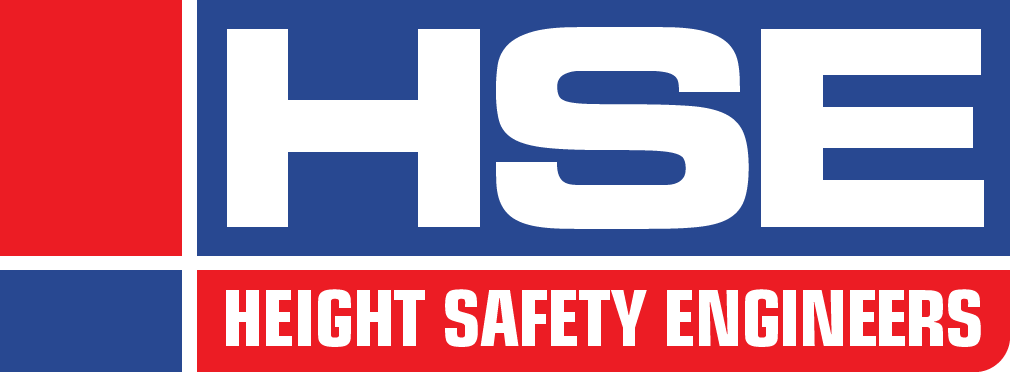The aim of this course is to provide students with a comprehensive understanding of how to correctly work in and around confined spaces. Following training; students will be able to identify the hazards associated with working in and around a confined space.

The aim of this course is to provide students with a comprehensive understanding of how to correctly work in and around confined spaces. Following training; students will be able to identify the hazards associated with working in and around a confined space.
Understanding of key legislation, duties of a standby person and understand the various categories of personal confined space entry and rescue equipment including their characteristics and limitations.
Working with permits is an integral part of this course. Students will also be required to carry out pre and post user inspections of all equipment.
A confined space is among the most dangerous environments to work in. This is mainly due to risks associated with reduced access to oxygen but also reduced visibility and limited space for mobility.
Examples of confined spaces include drainage pipes, crawl spaces and tanks.
It is critical that employees know how to operate within these spaces with caution and care. Employers are responsible for ensuring that every single employee has sufficient training in this area.
Unfortunately, in Australia there have been several recent confined space related fatalities, often due to inadequate worker training.
Our nationally accredited, One Day Confined Space course is designed to educate workers on how to effectively manage the risks associated with working in confined spaces.
This one-day course covers both theory and practical aspects. Successful completion of this course will result in statements of attainment for:
RIIWHS202E Enter and work in confined spaces
MSMPER200 Work in accordance with an issued permit
MSMWHS217 Gas test atmospheres
Hands On Learning
We believe that the best way to learn is by doing, not just watching. Theory is important, but ‘death by PowerPoint’ type lectures make for poor learning outcomes. Students need to be active participants in order to retain the information they are being taught.
At Height Safety Engineers, we have invested heavily in ensuring that our training facilities are extremely practical. We have fantastic confined space set ups which include plenty of real life practice scenarios using multiple tunnels and chambers.
All our courses are highly interactive, and our confined space training course is no exception. Our trainers combine engaging theory instruction with work-accurate simulation exercises in our state-of-the-art training centres.
Course Objectives And Cntent
Understanding of confined space legislation and standards.
Definition of a confined space.
How to perform risk assessments and control measures.
Confined space permits.
Atmospheric monitoring.
Confined space entry equipment – tripods, davits, RPD’s, personal winches, retrieval SRL’s, spreader bars and full body harnesses.
Demonstrate confined space entry, work positioning and rescue techniques.
Height Safety Engineers have been in the business of protecting people for 20 years. Our mission is to provide industry best practice solutions, helping to maintain building compliance and work place safety.
Our accreditation
We have worked tirelessly to become one of the most credentialed height safety companies in Australia. We are dedicated to ensuring that everything we do exceeds industry best practice in every facet, and are dedicated to transparency and accountability in all parts of our work.
The National Association of Testing Authorities (NATA) has accredited HSE for compliance with ISO/IEC 17020 as a Type C Inspection Body.
The scope of our NATA accreditation is the broadest of any in the height safety industry in Australia. Through this accreditation, HSE’s clients can be assured that our testing and reporting on their height safety system is thorough, unbiased and completely independent.
Our team has also worked hard to gain certification in ISO 9001 Quality Management System and ISO45001 OH&S Management System.
Height Safety Engineers are also proud members of the Working at Heights Association of Australia. Through WAHA, we work with industry partners to help improve safety across all aspects of working at heights.
© 2025 coursetakers.com All Rights Reserved. Terms and Conditions of use | Privacy Policy